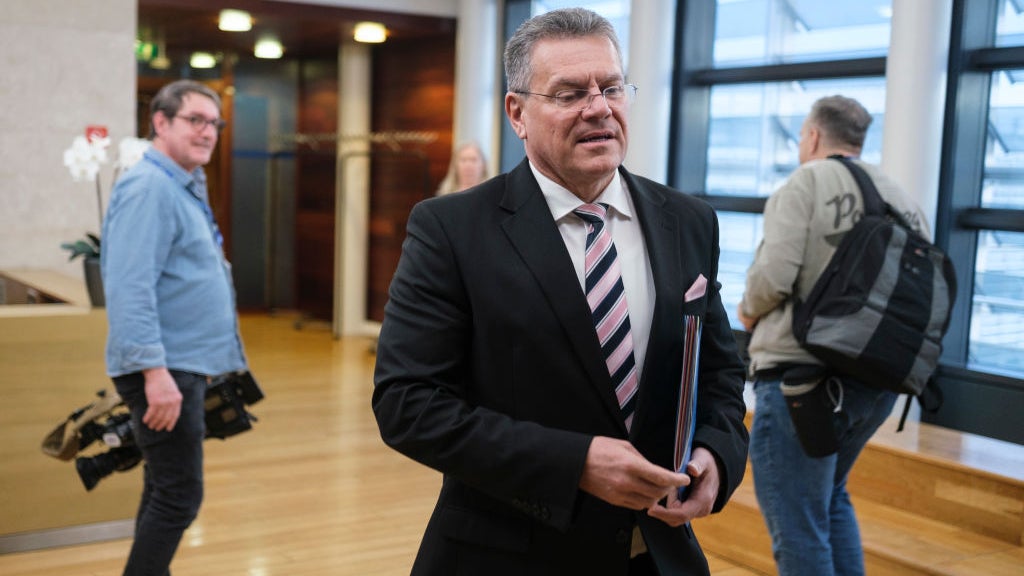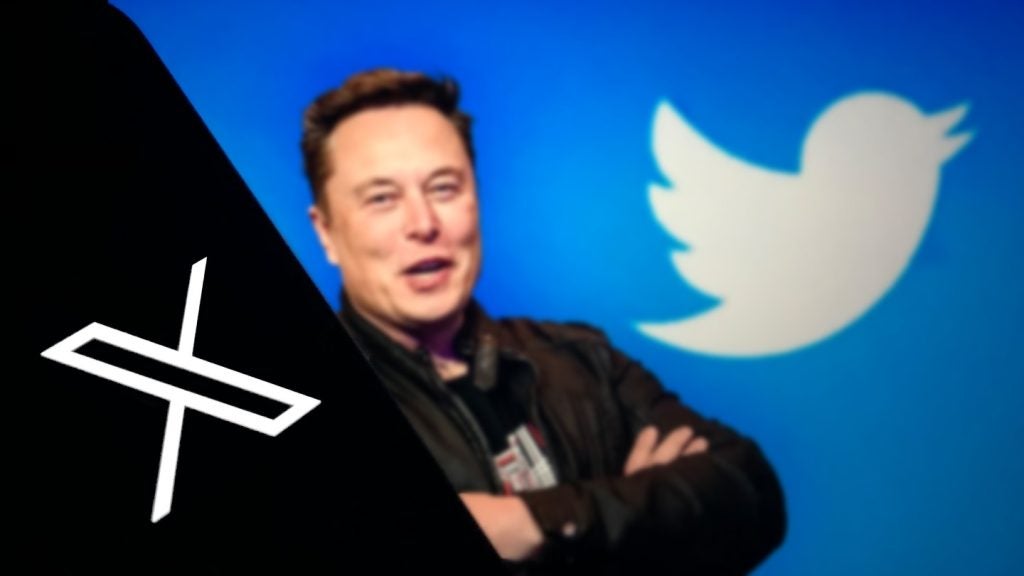
Burkhard Boeckem is the CTO of Hexagon AB, a company that provides geospatial sensor, software and autonomous solutions.
Founded in 1992, the Swedish company has approximately 20,000 employees based in 50 countries and has net sales of approximately €3.9bn.
Boeckem applies two decades of laser scanning technology knowledge to his role at Hexagon. The geospatial technology is used in sectors ranging from retail and construction to entertainment and VFX. Aso CTO, Boeckem oversaw the team that developed an imaging laser scanner used by the likes of Lucasfilm and Industrial Light & Magic to capture environments for some of Hollywood’s biggest blockbusters, such as Star Wars and Jurassic Park.
In this Q&A, the 38th in our weekly series, Boeckem discusses the democratisation of geospatial technology, what art has in common with tech and explains how Richard Feynman inspired an important theme that helped influence his career.
Rob Scammell: Tell us a bit about yourself – how did you end up in your current role?
Burkhard Boeckem: My first contact with the geospatial industry was working at my father’s surveying company from the age of 12, even though growing up the dream was to become a goalkeeper for a professional football team or a Jazz musician. Many years later, after completing my PhD at the Swiss Federal Institute of Technology (ETH Zürich), I joined Leica Geosystems as a Senior Project Manager.
Fast forward six years and I’d moved into an R&D director role leading a very talented team of professionals in Aarau, Switzerland. Since then I’ve had the privilege of becoming the CTO for Hexagon’s Geosystems division and more recently the CTO of Hexagon AB.
How well do you really know your competitors?
Access the most comprehensive Company Profiles on the market, powered by GlobalData. Save hours of research. Gain competitive edge.

Thank you!
Your download email will arrive shortly
Not ready to buy yet? Download a free sample
We are confident about the unique quality of our Company Profiles. However, we want you to make the most beneficial decision for your business, so we offer a free sample that you can download by submitting the below form
By GlobalDataWhat’s the most important thing happening in your field at the moment?
I believe it has to be democratisation – ensuring geospatial technology is accessible and available to a broad set of industries and users, not just those with a specialist skillset and knowledge. This has allowed the technology to be adopted by a broader set of industries including media & entertainment. For instance, our laser scanning technology is not only being used to produce 3D plans of construction sites, but it’s also helping produce intricate VR scenes for Hollywood blockbusters like Star Wars and Jurassic Park.
Which emerging technology do you think holds the most promise once it matures?
I believe artificial intelligence holds the most promise when it comes to enabling us to do things that we never thought possible. For instance, this technology has completely transformed the way in which we do machine visualisation and image processing.
It gets even more exciting when you pair it with Simultaneous Localisation and Mapping (SLAM) technology and its ability to self-navigate, alongside smart sensors with significant edge processing — this is what’s ultimately helping us empower an autonomous future.
How do you separate hype from disruptor?
My experience has taught me to trust my gut, especially when it comes to knowing when a market is likely to be disrupted or transformed. This translates into knowing when and what technology to bet on, if the technology is mature enough to build on, etc. It’s really important to understand where technology is on the maturity curve.
What’s the best bit of advice you’ve been given?
Always do what you believe in and try to be consistent. Perhaps also the advice my mother gave me: do not expect from others what you expect from yourself.
Where did your interest in tech come from?
I’ve always wanted to be creative and to shape things, to innovate and make a positive impact on people’s lives. I think this is as important for an artist or musician as it is for people working in the technology industry.
What does a typical day look like for you?
These days, with restricted business travel, I usually get up at 6am, get ready and get my children ready for the day alongside my wife. I then decide on the car or the motorbike to get to the office and start around 7:30am. I try to get my most important tasks done in the first few hours.
Then I normally have a full schedule of reviews, design presentations, team meetings and one-to-one sessions, with a hard stop at noon for lunch in a local Thai restaurant. Some time to think about special topics, before I go into meetings with North and South American colleagues, then usually after 7pm I go home, have dinner, take the kids to bed — then probably more calls with the US and Canada, before relaxing — playing the piano, reading a book, or watching a football match on TV. I’m usually in bed by 11pm.
What do you do to relax?
I very much enjoy sharing moments with my family. I also like to relax by riding my motorbike, watching football — I’m a big Hamburger Sport Verein (HSV) fan — or playing jazz music on the piano.
Who is your tech hero?
If I had to pick one person, it would be Richard Feynman. I really love his books on his physics lectures and also his more autobiographical books. His way of explaining complex matters really simply made me want to go into technology in the first place.
Simplicity and “less is more” has been a key theme for me throughout my career.
What’s the biggest technological challenge facing humanity?
Technology is everywhere these days. And innovation and disruption are happening with an ever-increasing pace that for some is overwhelming. Sustainability needs to be the focus right now and technology needs to work autonomously in the background to allow people to focus on what really matters in life. Empowering an autonomous future is a great vision. It will help us to declutter our lives.
Read more: CTO Talk: Q&A with ThoughtSpot’s Amit Prakash







